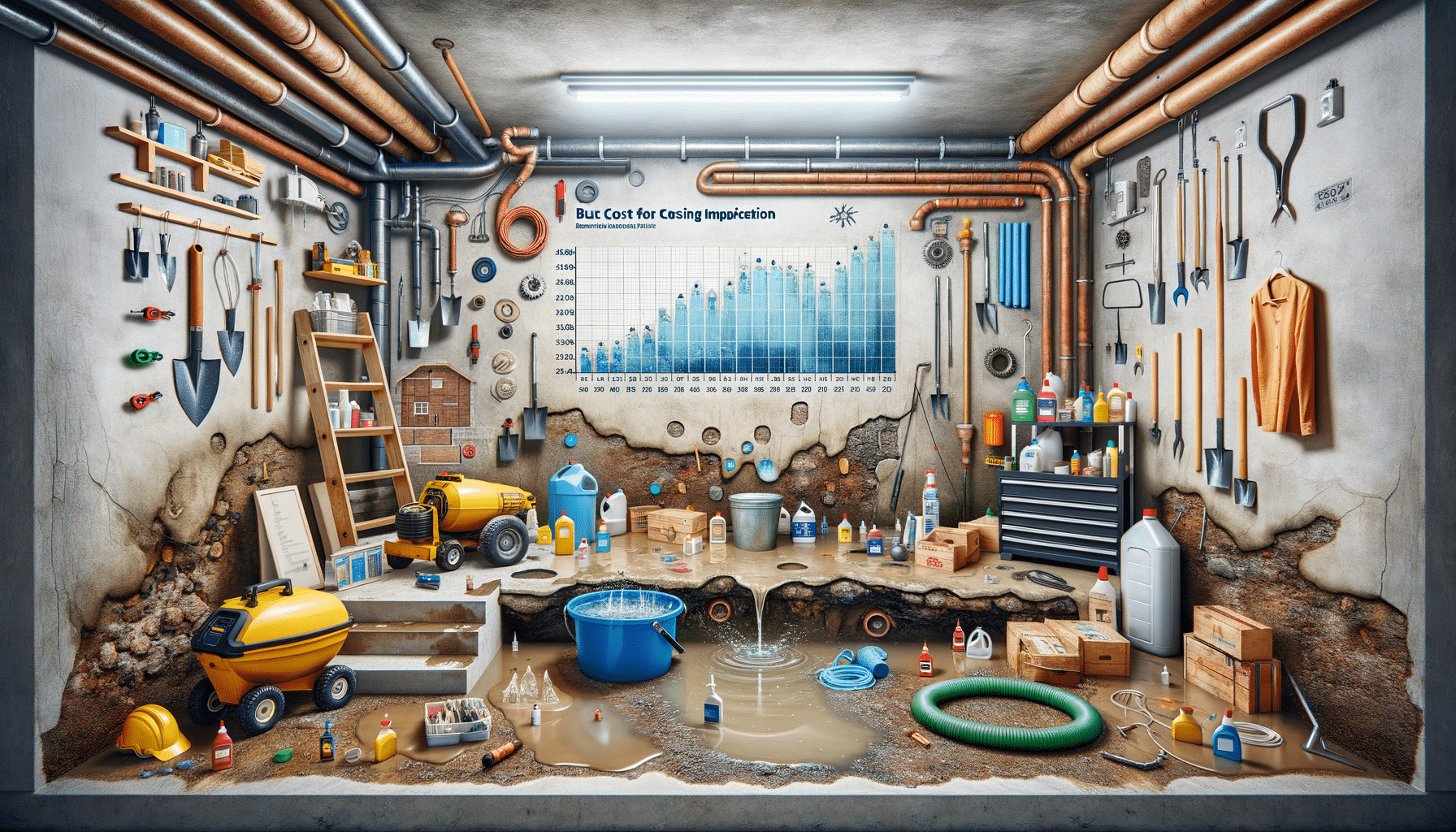A Practical Guide to Buying a Tractor: What to Know Before You Start
Understanding Tractor Types and Their Uses
When it comes to buying a tractor, understanding the different types available is crucial. Tractors are versatile machines, but they come in various forms, each designed for specific tasks. The main types include utility tractors, row crop tractors, and garden tractors. Utility tractors are highly rated for their versatility and are often used for general farming tasks, landscaping, and construction work. They are well-regarded for their ability to handle a wide range of attachments, making them a favorite among farmers and contractors alike.
Row crop tractors, on the other hand, are exceptional quality machines designed primarily for agricultural purposes. They are equipped to handle tasks such as plowing, harrowing, and planting in large fields. These tractors are renowned for their precision and efficiency, making them a top-rated choice for serious farmers looking to maximize their crop yields.
Garden tractors are smaller and are often used for residential purposes. They are perfect for mowing large lawns, tilling gardens, and even snow removal. While they may not have the power of their larger counterparts, they are outstanding for homeowners who need a reliable machine for yard work. Understanding these types will help you determine which tractor aligns with your specific needs.
Key Features to Consider When Buying a Tractor
Before making a purchase, it’s important to consider the features that will best suit your needs. One of the top options to look for is the engine power, which determines the tractor’s ability to perform heavy-duty tasks. A higher horsepower engine is suitable for larger farms or more demanding tasks, while a lower horsepower may suffice for smaller properties.
Transmission type is another critical feature. Tractors can have manual, automatic, or hydrostatic transmissions. Manual transmissions are typically more affordable and provide more control, but automatic or hydrostatic transmissions offer ease of use, especially for those new to operating tractors.
Additionally, consider the availability of attachments and implements. A tractor that can accommodate a variety of tools, such as loaders, backhoes, and mowers, is a valuable asset. This flexibility allows you to use the tractor for multiple tasks, enhancing its utility and value.
Finally, pay attention to the comfort and technology features. Modern tractors often come with advanced technology, such as GPS and automated steering, which can significantly improve efficiency and ease of use. Comfortable seating and ergonomic controls are also important for reducing operator fatigue during long hours of work.
Evaluating New vs. Used Tractors
When deciding between a new or used tractor, there are several factors to consider. New tractors come with the latest technology, warranties, and the assurance of no prior wear and tear. They are highly rated for their reliability and come with the peace of mind that any initial problems will likely be covered by the manufacturer.
However, used tractors can be a cost-effective alternative. They often come at a lower price point, making them accessible to those on a budget. When buying used, it’s essential to evaluate the tractor’s condition carefully. Check for any signs of wear, such as worn tires or leaking fluids, and request maintenance records if available. A well-maintained used tractor can be an outstanding investment, offering many years of service at a fraction of the cost of a new model.
Another consideration is the depreciation value. New tractors depreciate quickly, losing a significant percentage of their value within the first few years. Used tractors, on the other hand, have already undergone this initial depreciation, which can make them a smarter financial choice in the long run.
Ultimately, the decision between new and used will depend on your budget, needs, and willingness to take on potential maintenance challenges. By weighing these factors, you can make an informed decision that aligns with your financial situation and operational requirements.
